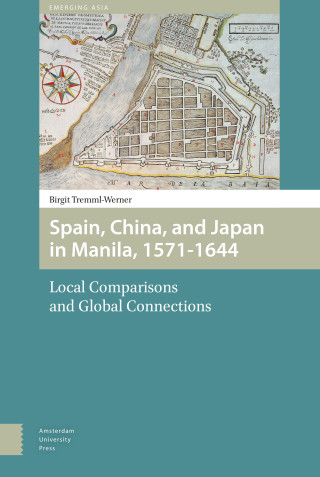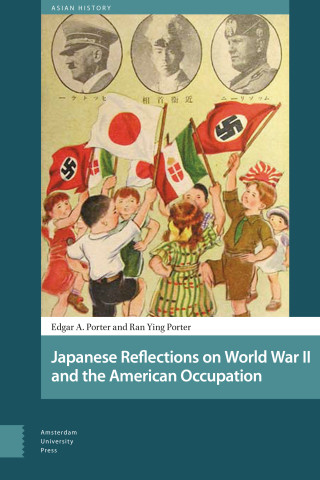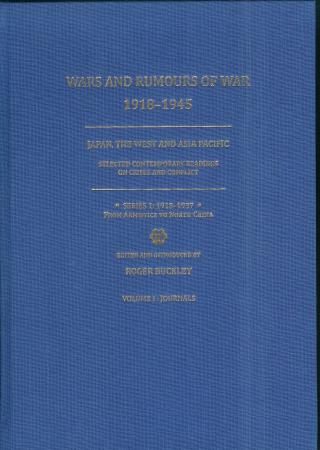Acknowledgements
Foreword
Preface
Introduction: Occupation is not war
Chapter I
JAPAN'S CULTURE AND CULTURAL INSTITUTIONS BEFORE THE WAR, BRIDGES WITH THE UNITED STATES
More than 36 views of Mount Fuji
Encounters with the West
Cultural fruits and frictions of the Meiji Restoration: The Iwakura Embassy
Indispensable friendships at the Boston Museum of Fine Arts
Ernest Fenollosa-the Boston-Japan bridge
Okakura Tenshin-teacher and mentor
Culture, the foundational stone?
Chapter II
PREREQUISITES FOR OCCUPATION-PLANNING THE U.S. POST-WAR POLICIES FOR JAPAN
Building towards the Arts and Monuments Division Franklin D. Roosevelt's America and the New Dealers
The American Defense-Harvard Group
The American Council of Learned Societies (ACLS)
The American Commission for the Protection and Salvage
of Artistic and Historic Monuments in War Areas
The Civil Affairs Training School (CATS)
Chapter III
'UNDERSTANDING JAPAN' : THE JAPAN SPECIALISTS
Scholarship influencing policy and the bureaucracy?
Joseph C. Grew-contested dean of the 'Japan Crowd'
George B. Sansom-supreme diplomat and supreme scholar
Ruth Benedict-the enemy, too, is human
Scholars and the Pacific War
Chapter IV
THE SHAPE OF THE OCCUPATION
A league onto its own
SCAP, its leadership and structure
Culture under the Occupation
Chapter V
THE ARTS AND MONUMENTS DIVISION
Culture within the Civil Information
and Education (CIE) Section
George L. Stout-Father of MFAA, Founder of A&M
Langdon Warner-An idol returns
Sherman E. Lee-How it all worked
Expecting the worst, getting the best?
Chapter VI
CONCLUSIONS
Rethinking the 1950 Law for the Protection of Cultural Property
Quo Vadis?
Imaginable consequences
ARCHIVAL DOCUMENTS, ILLUSTRATIONS, PHOTOS
REFERENCES
Primary Sources
Publicly Accessible Primary Sources Secondary Sources
Websites and General Reference Books/Dictionaries
Formal Interviews
Libraries/Collections/Museums





